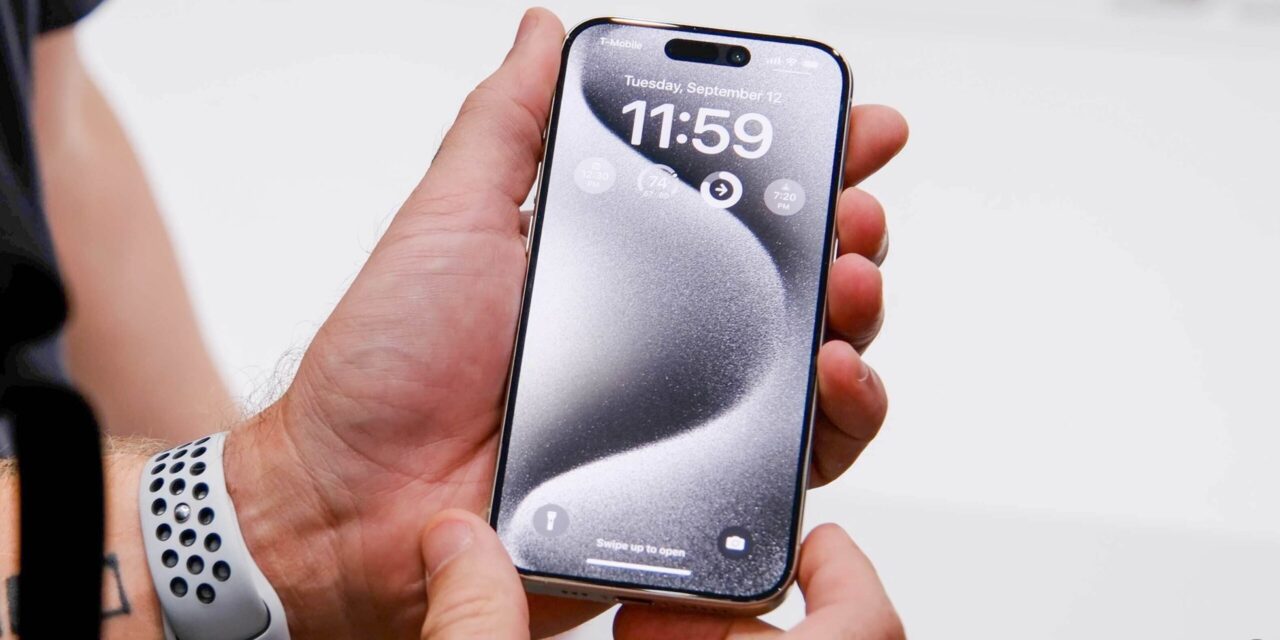
Earlier this year, iFixit detailed about Flexgate, an issue that was leading flex cables inside MacBook Pro to fray and break over time. Additionally, the wear and tear caused to the thin and fragile flex cable over a period of time led to a “stage light effect” at the bottom of the display. While Apple never officially acknowledged the issue, it seems to have quietly fixed the issue.
The issue primarily affects 2016 and newer MacBook Pro models featuring TouchBar. As per iFixit, 2018 MacBook Pro models come with a longer flex cable that should have a higher chance of surviving the wear and tear over months and years of use.
The newer flex cable is 2mm longer and while iFixit found the change in both 2018 13-inch and 15-inch MacBook Pro models, it is unclear if the change is present across all 2018 MacBook Pro models.

The flexgate issue is leading to customers paying almost $700 to fix the issue. Since the fragile flex cable is soldered to the display, it cannot be repaired. Instead, it needs to be entirely replaced which ends up costing customers $700 or more.
“This is significant because it gives the backlight cable more room to wrap around the board and not come into contact with the board as the laptop is opened past 90 degrees,” said Taylor Dixon, teardown engineer at iFixit. Presumably, this contact is what led to the wear, tear, and eventual failure of the cable—though the exact cause of the failure is tough to pin down. “Since we have yet to experience the problem for ourselves, it’s hard to say for sure how much of the problem is the cable being in close proximity to the board and how much of it is the length of the cable,” said Dixon. “The longer cable definitely gives more room to breathe around the board, but it’s still in such close contact with the board that it’s impossible to tell whether it’s rubbing on the board at any point.” In other words: this could solve the problem, or it could just delay the cable’s inevitable failure a bit longer.
What’s worse is the fact that Apple knows about the Flexgate issue but refuses to openly acknowledge it. And it continues to charge unknown and affected customers hundreds of dollars in repairs for what is clearly an engineering goof up on Apple’s part.
This is not the first time that Apple has done something like this. The company has previously refused to acknowledge multiple hardware issues in its devices numerous times over the past.
[Via iFixit]
Like this post? Share it!






Recent Comments